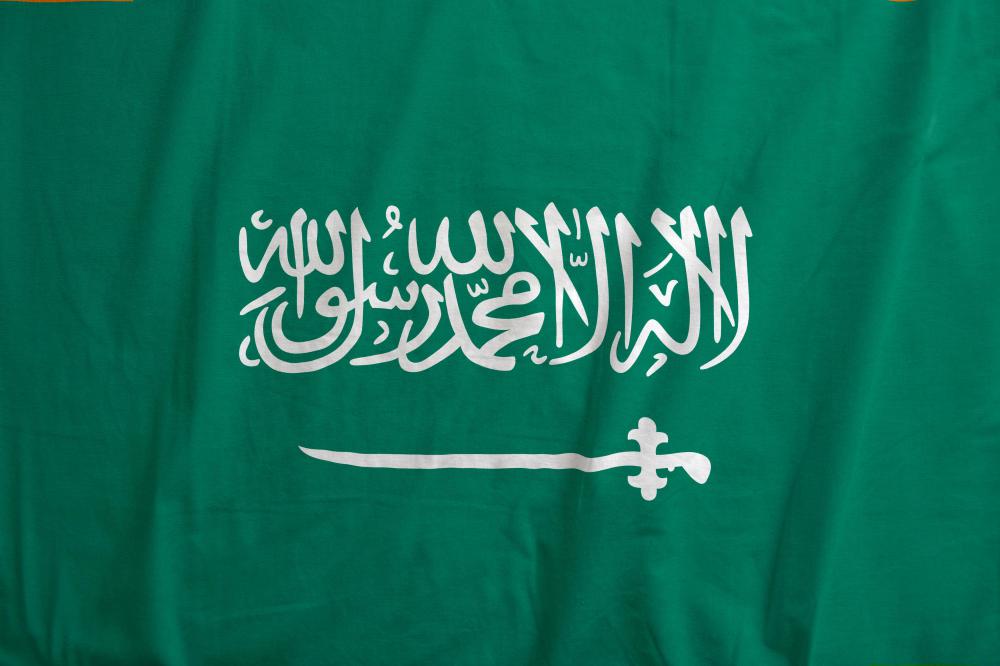At WiseGEEK, we're committed to delivering accurate, trustworthy information. Our expert-authored content is rigorously fact-checked and sourced from credible authorities. Discover how we uphold the highest standards in providing you with reliable knowledge.
What Is a Saudi Hijab?
Among nearly all Arabic dialects, hijab simply means "to cover." In terms of dress, hijab usually refers to any style of head covering traditionally worn by Muslim women. According to Islamic scholarship, the term hijab can also mean morality, privacy, and modesty. A Saudi hijab, or niqab, differs from other hijabs by the addition of pieces of fabric that veil or cover Saudi women's eyes. Despite religious doctrines derived from religious writings like the Koran, not all Muslim women from Saudi Arabia wear a full-face hijab.
Women of Islamic cultures may wear several types of hijabs. The most well-known is the full niqab, or gulf-style hibab, which covers both the face and the eyes of the wearer. Designed to de-emphasize personality or suggestions of femininity, the full niqab features a band tied around the top part of the head and a long swatch that covers the rest of the face. It also usually includes several sheer veils worn over the eyes. The veils attach to the top band in a way that allows the wearer to flip them out of the way when necessary.

The half niqab is another common form of Saudi hijab. Usually made from a single piece of fabric with elastic bands or cloth ties to keep it secure around the face, the half niqab is less modest than the full form. Women who choose this type of face covering typically leave their eyes uncovered and might even choose to reveal a small portion of forehead. Contemporary Muslim men often prefer their wives to wear the half niqab, particularly in Western countries, as they believe this style of hijab may draw less attention than the full-face version.

In other Muslim countries, women typically wear an alternative version of the Saudi hijab. Afghan women may appear in public wearing the burqa, a long gown that covers them from head to toe with an attached piece of fabric veiling the eyes. In Pakistan, women usually wear a pak chador, which consists of two triangular pieces of cloth tied in a way to conceal most of the face. Muslim women in many western countries also wear a form of hajib such as the khimer, a half-circle of fabric that may be worn in conjunction with a traditional half hijab.

Although worn by Muslim women since the Arab nation conquered the Middle East, it's widely believed in intellectual circles that the niqab did not originate from Islam. Many scholars believe that a face covering similar to the Saudi hijab was in use by Christian women of fractured Rome during the Byzantine Empire. Additional anthropological evidence also suggests similar face coverings appeared in early, pre-Islamic Persian societies. In spite of this evidence, many scholars conclude that these do not represent an early form of the Saudi hijab due to a lack of covering to veil the eyes from men.
AS FEATURED ON:
AS FEATURED ON:















Discuss this Article
Post your comments